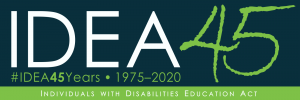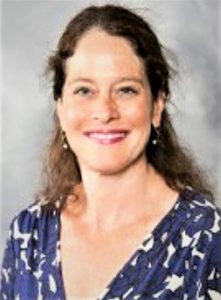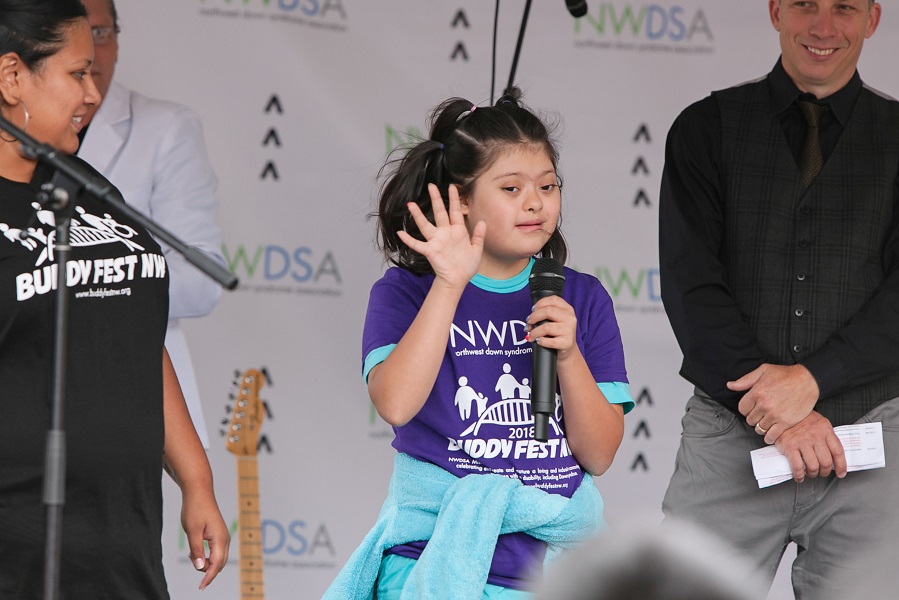

Happy Birthday, IDEA!
By George Sugai
Professor Emeritus, Neag School of Education, University of Connecticut
The 45th anniversary of the Individuals with Disabilities Education Act (IDEA) is particularly meaningful to me and to students with disabilities for four main reasons.
First, my career as a special educator began in Aurora, Colorado in the Fall of 1974. Although we were definitely “attempting to figure things out,” we developed the district’s first IDEA-shaped resource rooms for elementary, middle, and high school students with emotional and behavioral disorders; we wrote many of the first IEPs; and we created and implemented some of the first behavior intervention plans. IDEA gave us the vision, expectation, accountability, and responsibility to greatly enhance our special education efforts. For the first time, the education of students with disabilities and their families became a protected right and a reality rather than an informal afterthought. In addition, special education became an integral component and priority in general education.
Read More








![Office of Special Education and Rehabilitative Services’ Office of Special Education Programs. OSEP Fast Facts: Children Identified With Emotional Disturbance. Percentage of Students with Disabilities Identified with Emotional Disturbance, Ages 6 to 21, Served Under IDEA, Part B, in the United States: School Year 2018-19. Map of United States. In SY 2018-19, the percentage of students with disabilities identified with emotional disturbance is 5.45%. States report a range from 1.65% to 17.36% of students with disabilities identified with Emotional Disturbance. Source: U.S. Department of Education, EDFacts Data Warehouse (EDW): “IDEA Part B Child Count and Educational Environments Collection,” 2018-19. https://go.usa.gov/xdp4T. Data for Wisconsin suppressed due to questionable data quality. Iowa does not use the specific disability categories when classifying a student as eligible for special education.]](https://sites.ed.gov/osers/files/2020/05/2020-osep-fast-fact-ed-thumbnail-1024x512.png)

